Oil on canvas re-lined 114 cm by 82 cm
Old frame 140 cm by 108 cm
Our work has been taken over by all the Bassanos and their workshop. The canvas attributed to Francesco Bassano is today in Vienna at the Kunst historisches Museum, that attributed to Leandro Bassano in the Louvre in Paris and that attributed to Jacopo da Ponte Bassano, today in a private collection, was part of the collection of 'Antoine I of Monaco in his Monegasque palace in the 18th century. The workshop has therefore produced a few other versions, including the one we are offering which is quite close to the one exhibited at Kedleston Hall in Derbyshire (the britisch collection).
The Bassanos
Son of a modest painter from the Vicentine hinterland, Jacopo da Ponte, known as Bassano, was the founder of a dynasty of painters whose production was to have an echo throughout Europe. Jacopo (1510-1592) was trained among Titian's emulators: Bonifacio de' Pitati, Pordenone, Paris Bordone (The Flight into Egypt, around 1534, Bassano Museum, The Good Samaritan, Capitoline Museum, Rome), before getting to know the works of Roman and Florentine mannerists (Martyrdom of Saint Catherine, around 1538, Bassano museum). He evokes biblical themes in rustic compositions, bathed in twilight, punctuated with mysterious sparkles, where the rich herds, the deep foliage, the naturalistic details combine to create a unique style of pastoral, which will immediately have great success and extensions. significant until the 18th century. Jacopo Bassano's eldest son, Francesco (1549 approx.-1592), collaborated on some of his paintings (The Circumcision, Bassano Museum, Noah's Ark, Ducal Palace, Venice) and only extended the style of his dad. But his third son, Leandro (1557-1622), while he also painted numerous pastorals, asserted a much more personal talent as a portrait painter (Portrait of a Man, Academy, Venice; The Virgin and Three Magistrates, 1622, Ducal Palace; Man with Book, Spada Gallery, Rome).



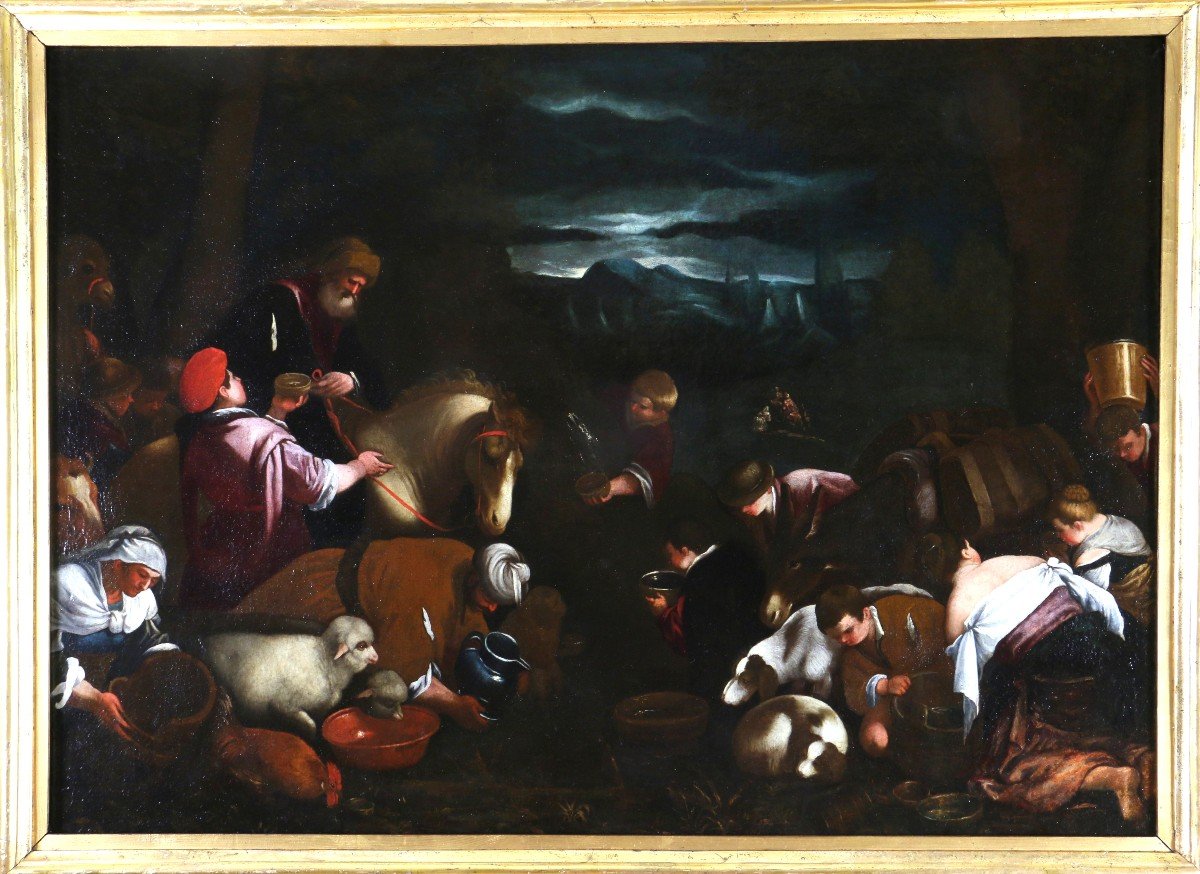
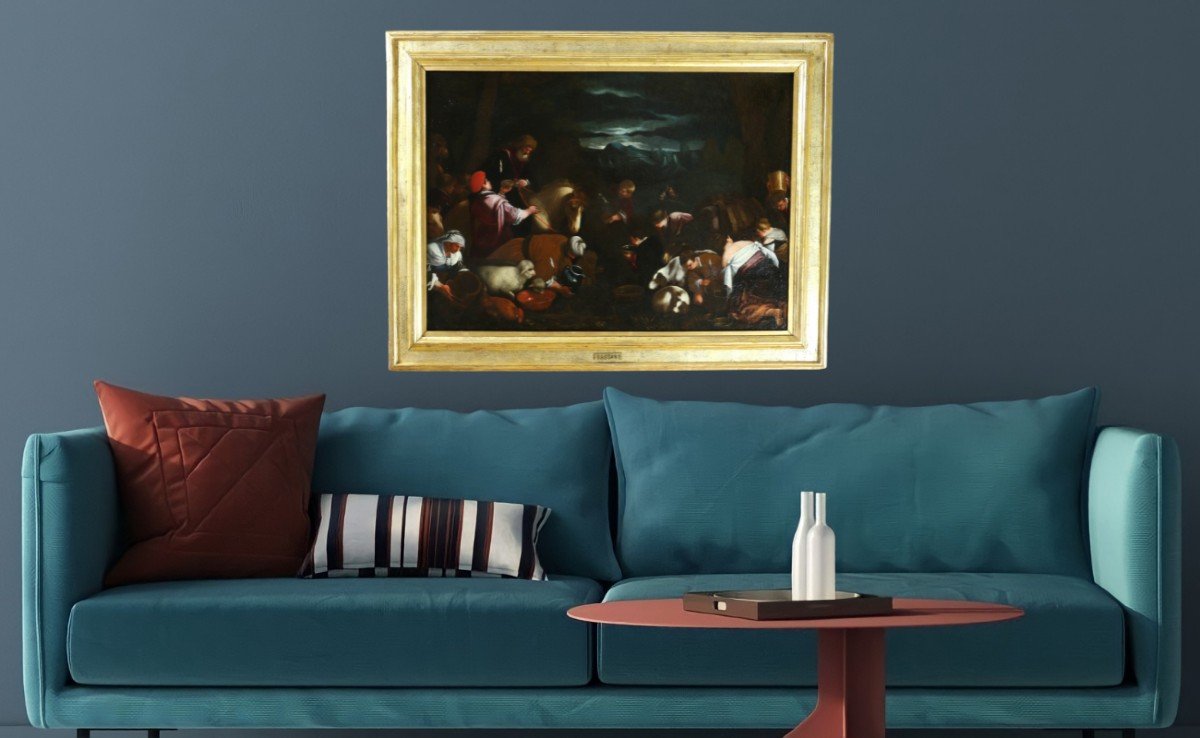

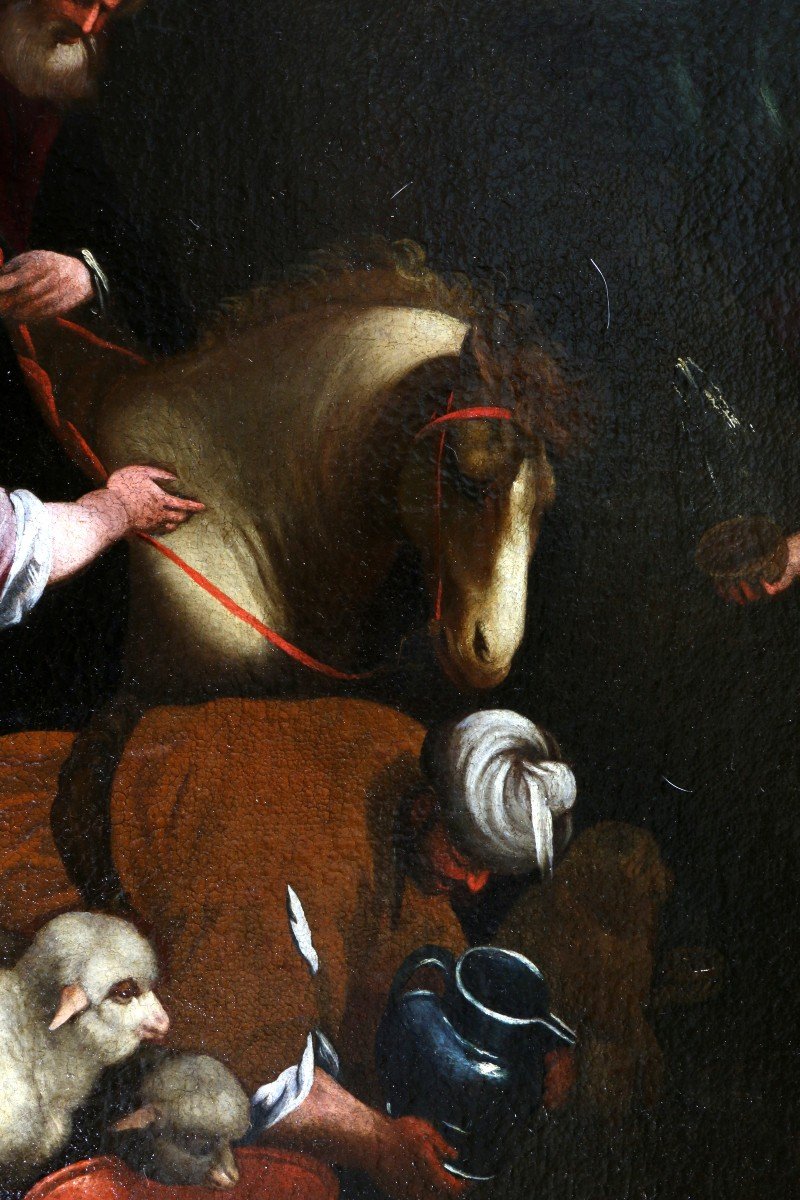
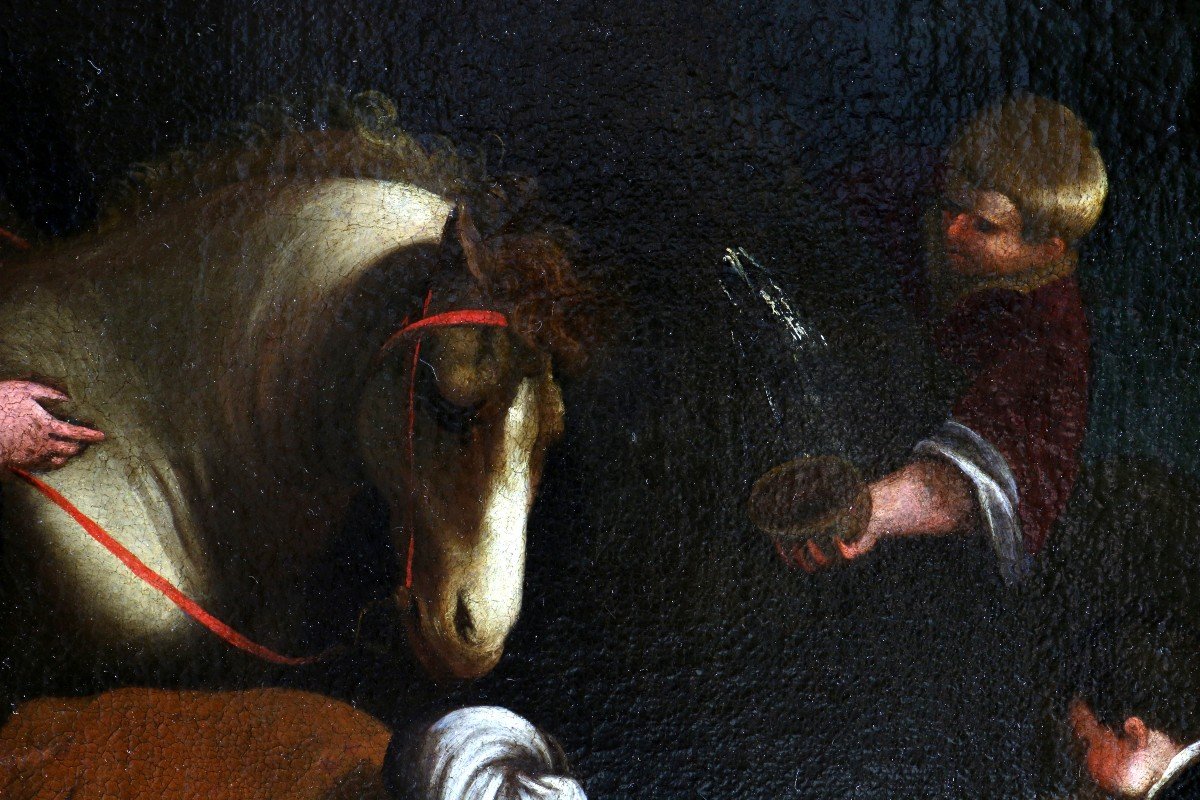
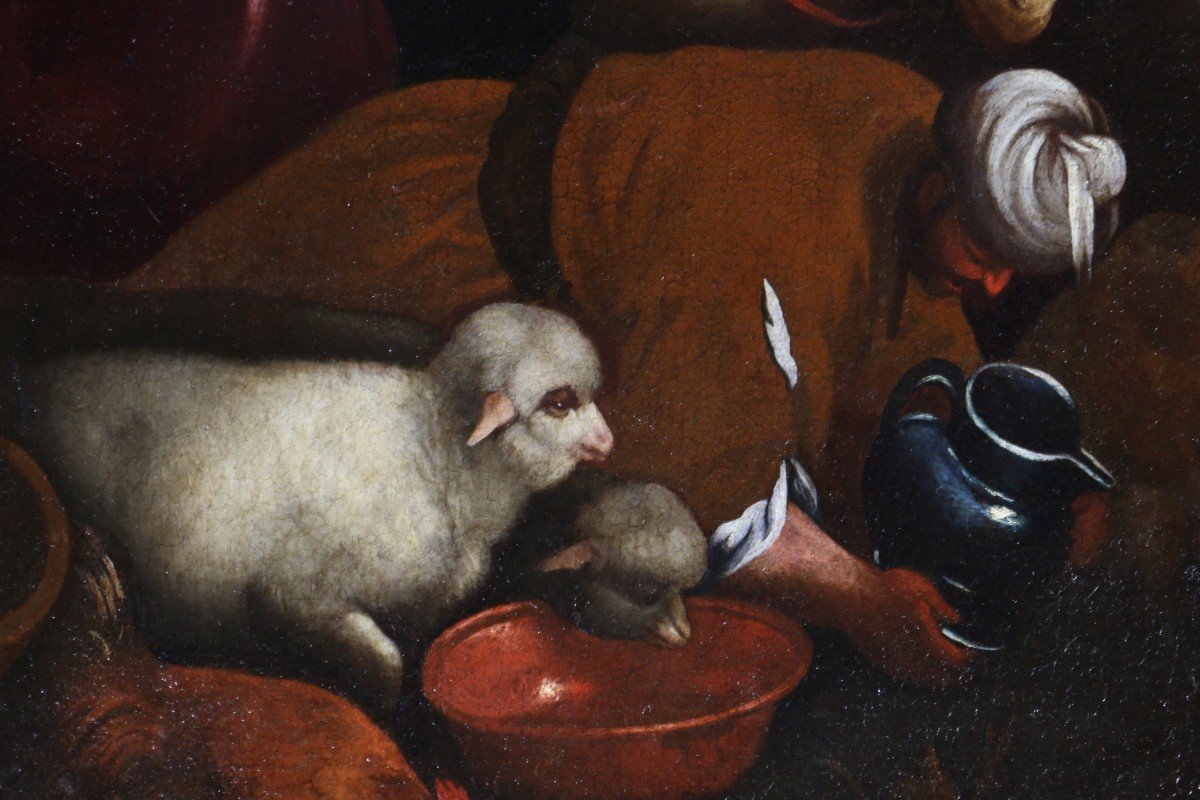
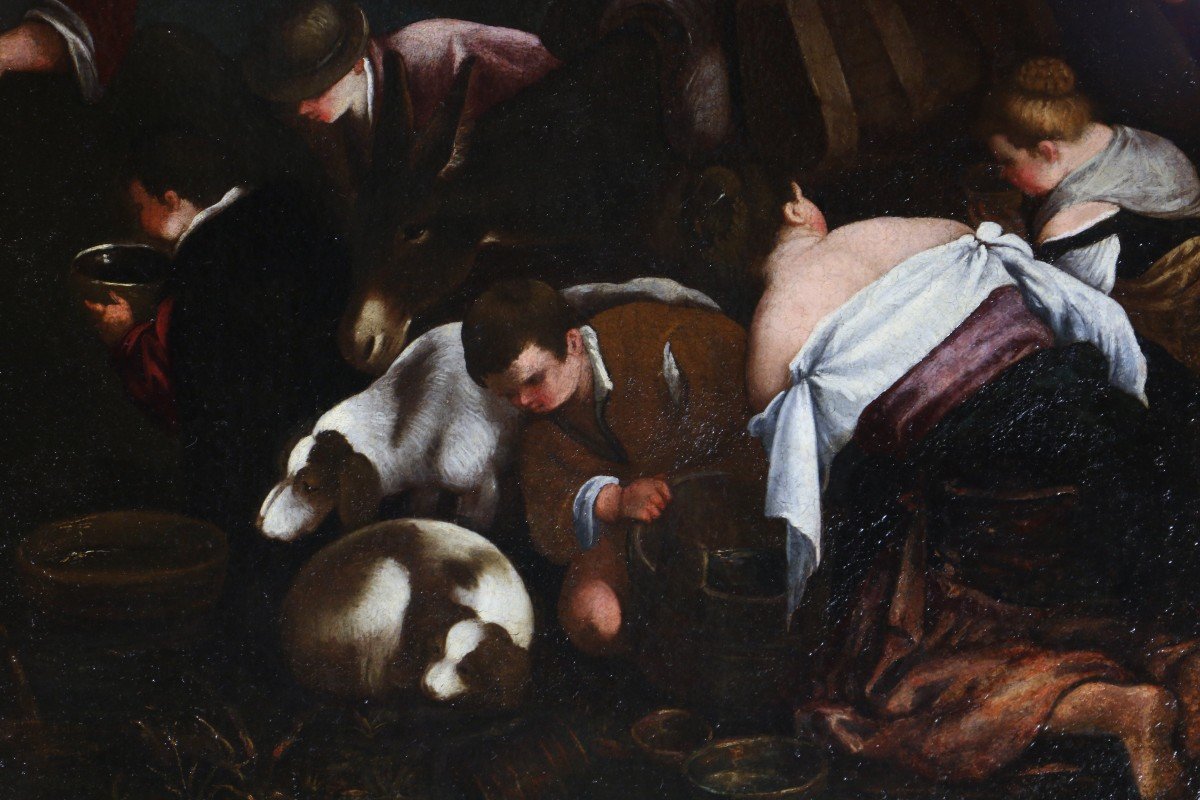
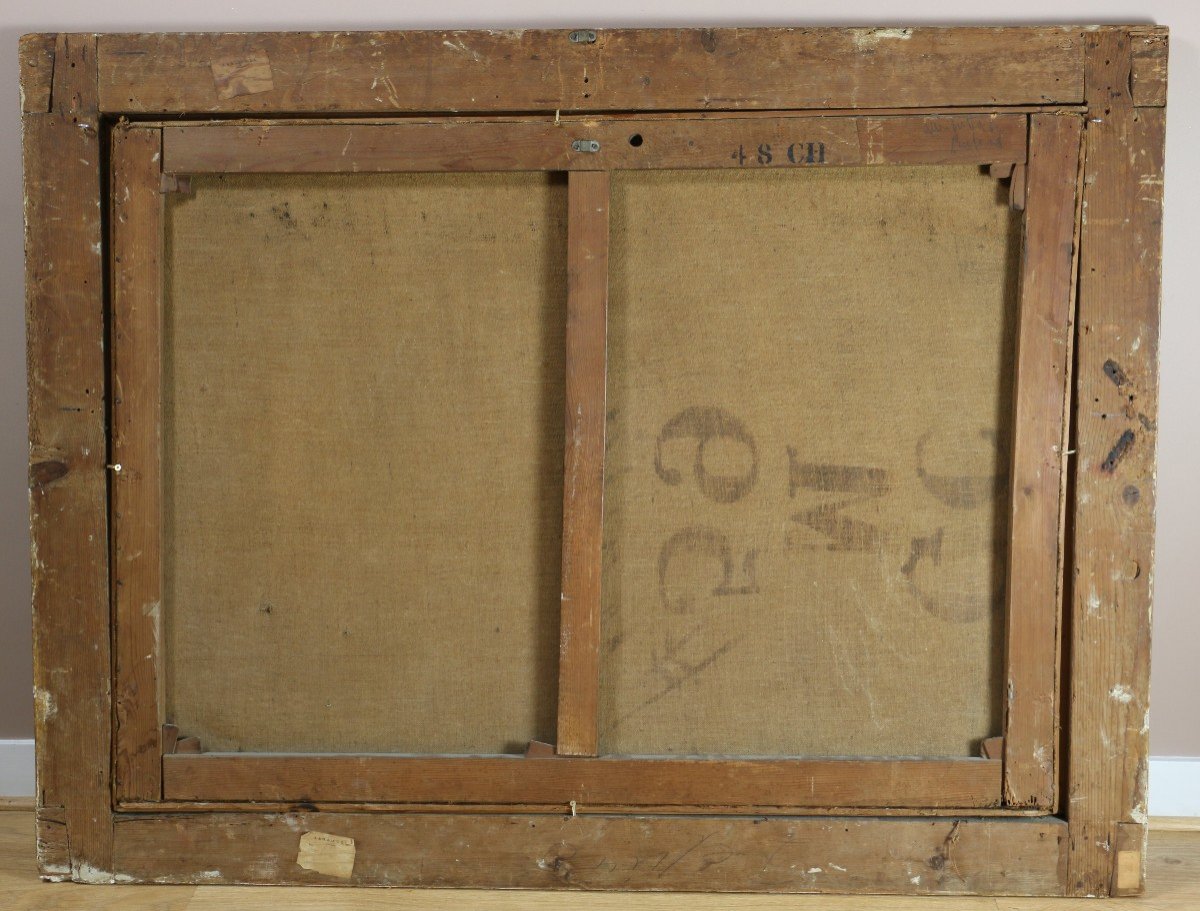
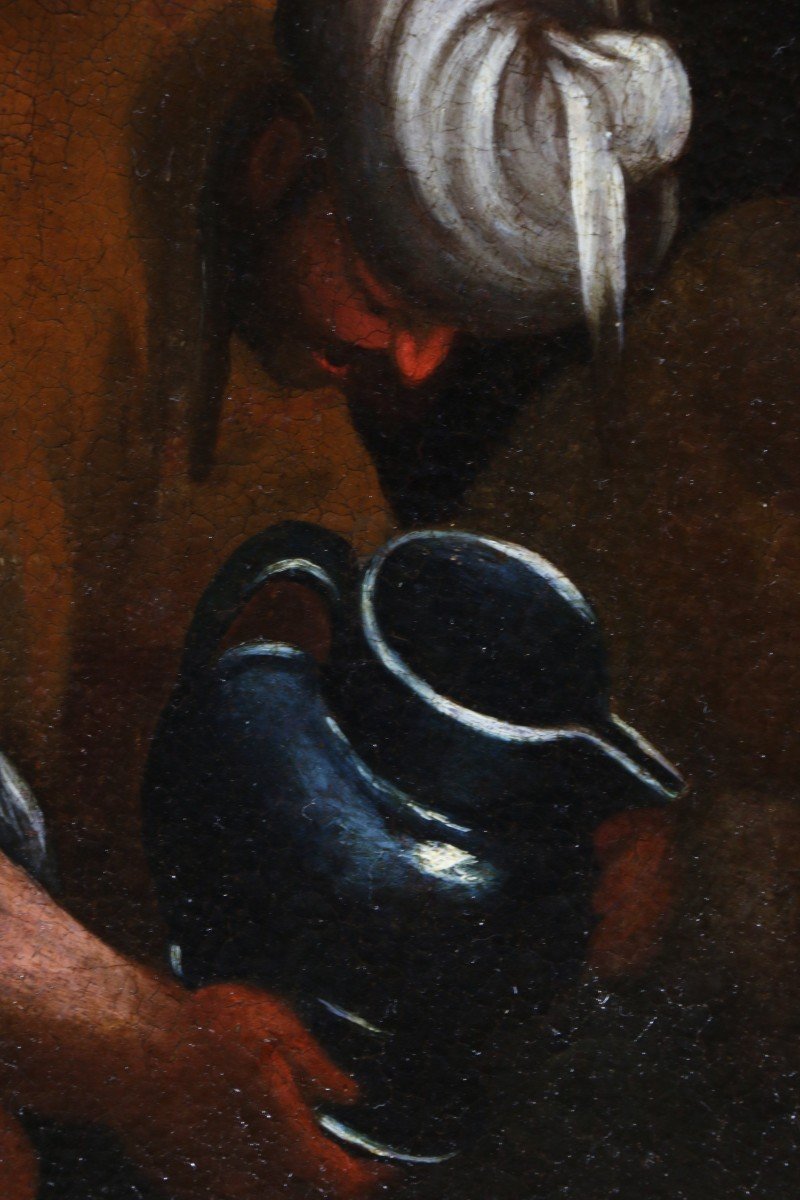
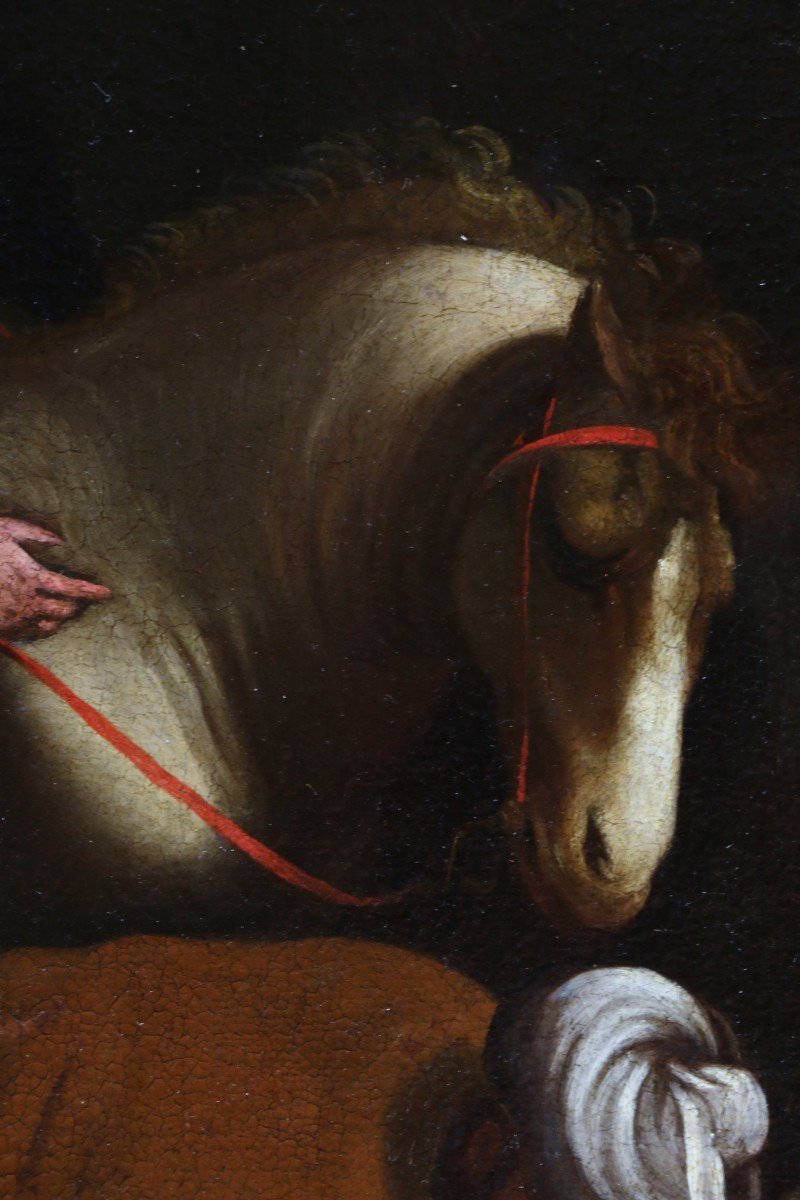
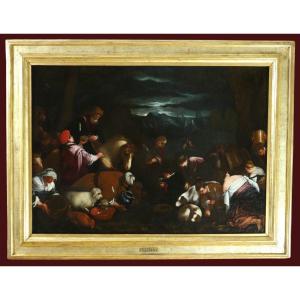













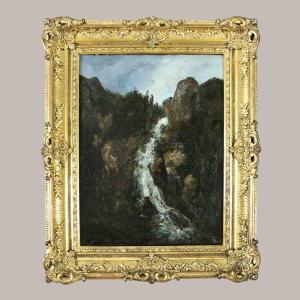

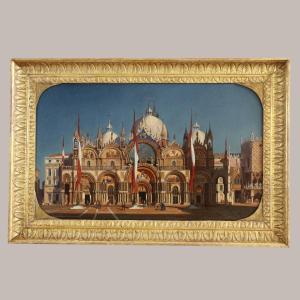
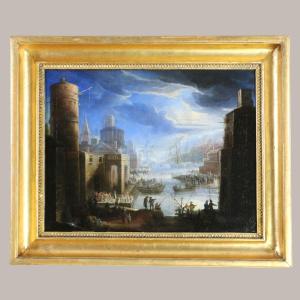
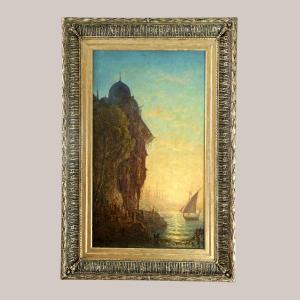
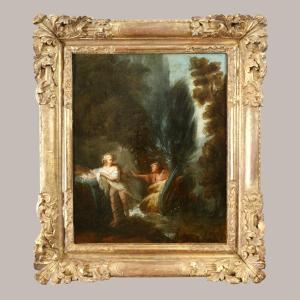
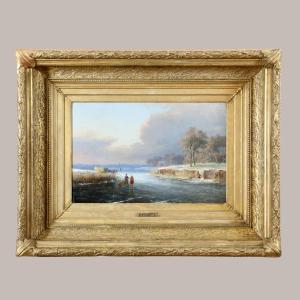


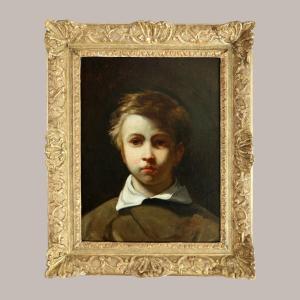

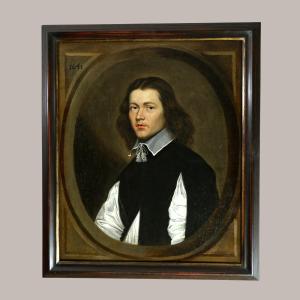









 Le Magazine de PROANTIC
Le Magazine de PROANTIC TRÉSORS Magazine
TRÉSORS Magazine Rivista Artiquariato
Rivista Artiquariato